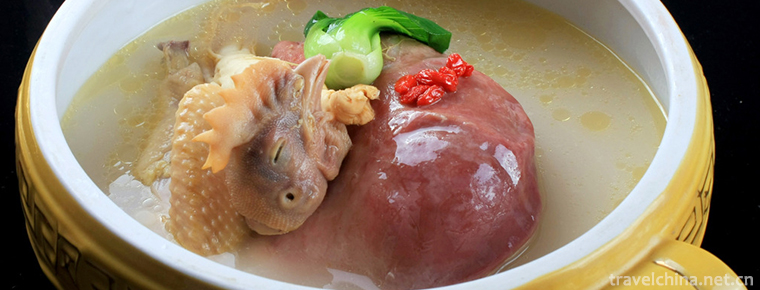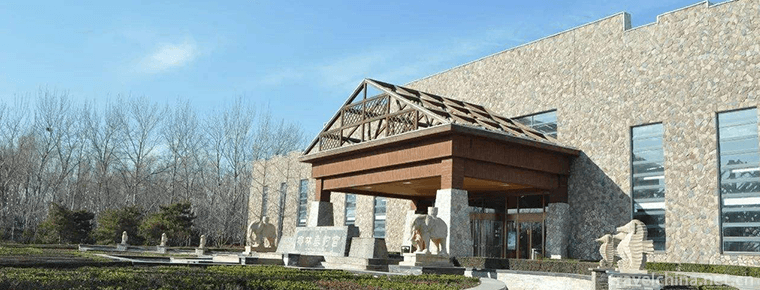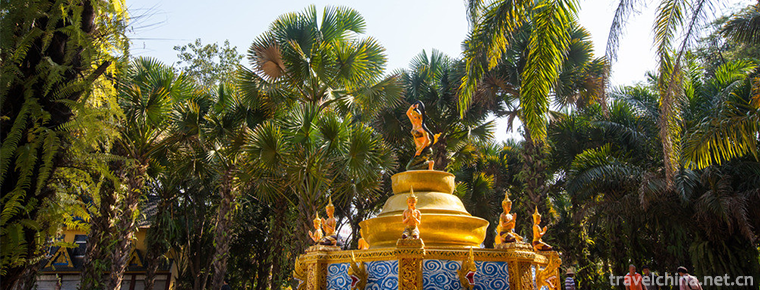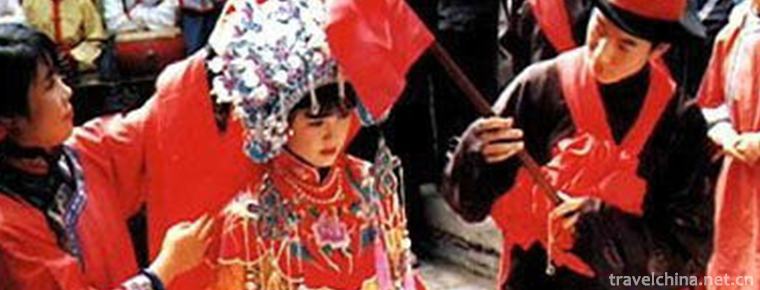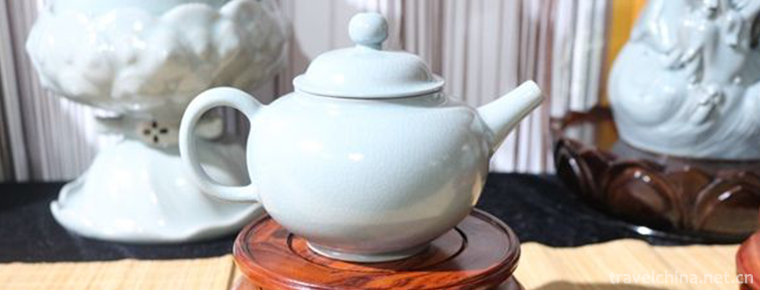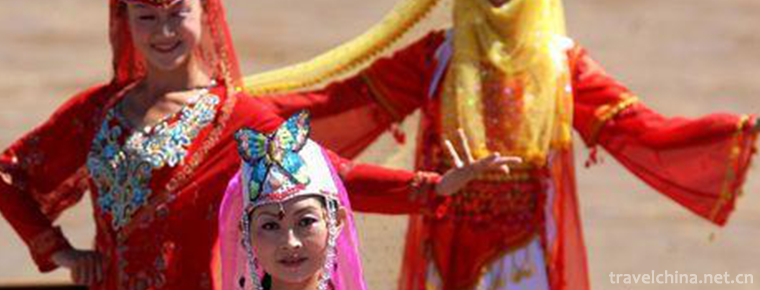Characteristics and types of Chinese embroidery
Characteristics and types of Chinese embroidery
The main artistic features of hand embroidery are neat patterns, beautiful silk, fresh and elegant colors, rich needlework, appropriate elegance and beauty, and exquisite and exquisite embroidery. As far as the needling methods of embroidery are concerned, they are extremely rich and changeable. There are 43 kinds of 9 categories, mainly including uniform needle, swing needle, trocar needle, application needle, random needle, rolling needle, cutting needle, Pingjin, spot, punch, knot, net embroidery, ice stitch, cross stitch, Najin, scale cutting needle, wool applicator, bead piercing needle, etc. different line organization and unique manual embroidery can be produced by using different needling methods The effect of operation was evaluated.
For example, the rare birds and animals embroidered with needles and rolling needles are vivid and lifelike; the flowers embroidered with loose needlework are vivid and vivid; the figures and landscapes embroidered with random needles are characterized by changeable velvety organization, strong decorative taste, strong artistic effect and rich folk and national characteristics; embroidery is an excellent traditional Chinese craft, which has a long history A long history. Embroidery is a process of weaving various patterns on fabrics with various thread materials. According to the silk paintings and embroidery unearthed from various ancient tombs, it can be seen that as far back as the Yin and Zhou dynasties more than 3000 years ago, China had beautiful dark silk and colorful embroidery. The Shang Dynasty embroidery found in Henan is the earliest embroidery handicraft in China. This kind of embroidery pattern is rhombic pattern and broken angle wavy pattern, and twisted silk thread is used at the edge of the pattern line, and the technology has reached a very high level. The embroidery marks of the Western Zhou Dynasty (1100-771 BC) were found in the tomb of the Western Zhou Dynasty in rujiazhuang, Baoji, Shaanxi Province. This kind of embroidery adopts the method of braid and strand embroidery, which is still used today. It uses double lines. The lines are comfortable and the stitches are quite uniform and neat. It shows that the embroidery skills are very skilled.
The production of this kind of silk embroidery handicraft not only plays a great role in Chinese society, but also has a great influence on international cultural life. By the Qin and Han Dynasties (221-220 BC), embroidery had developed to a higher level, and embroidery became the main export commodity. As China is the hometown of silk, since ancient times, the rich have taken the "boudoir embroidery building" as their chastity. Beijing embroidery, Wenzhou embroidery, Shanghai Gu embroidery, etc., have different origins and styles. The needling techniques of embroidery include wrong needle embroidery, random needle embroidery, net embroidery, and all over the ground embroidery. The embroidered flowers are fragrant and the birds are lifelike. The animal looks lifelike. After liberation, China applied oil painting, Chinese painting, photos and other art forms to embroidery, so as to achieve the wonderful effect of painting from a distance and embroidery from near. The use of embroidery has also been further expanded, from theatrical costumes to pillowcases, tablecloths, screens, wall hangings and daily life clothes. In addition, embroidery is a traditional foreign trade product of China, with high economic value.

Characteristics and types of Chinese embroidery
-
Cattle back Mountain Niubeishan Mountain
Niubei Mountain is located in the border of Xingjing County and Luding County in Ya'an City, Sichuan Province. It is the watershed between Qingyi...
Views: 243 Time 2018-10-13 -
Pork stomach stewed chicken
Belly chicken is a very traditional dish in Hakka area. It has a long history. It was first eaten by Hakka women when they were sitting on the moon, and it had a very good nourishing effect.
Views: 275 Time 2018-11-02 -
Nangong Scenic Spot
Located in Wangzou Town, Fengtai District, southwestern suburb of Beijing, Nangong Village, the village where the scenic spot is located, enjoys the reputation of "China's first geothermal villag
Views: 185 Time 2018-12-27 -
Manting Park
Manyin Park is located in the southeast of Jinghong City, the capital of Xishuangbanna Dai Autonomous Prefecture. It is about 2 kilometers away from the urban area.
Views: 194 Time 2019-02-07 -
Changshan Cheerful Ballads
In Changshan, the custom of applauding when marrying and bridging a new house has been popular among the people since ancient times for the sake of luck. The content of applause for marriage
Views: 394 Time 2019-04-16 -
Legend of Luban
productivity and the change of production tools have created conditions for the improvement of technology.
Views: 268 Time 2019-05-15 -
Mamuteyi Ma mu te yi
Mamuteyi, translated into Chinese as Education Classic, is the product of the slavery society of the Yi people in Liangshan. In the Yi language, "Ma" means education, instruction and persuas
Views: 154 Time 2019-05-16 -
Firing Techniques of Ru Porcelain
On May 23, 2011, the firing technique of Ru Porcelain was approved by the State Council of the People's Republic of China and listed in the third batch of national intangible cultural heritage, the he
Views: 131 Time 2019-06-11 -
Salar Folk Songs
There are many kinds of Salar folk songs. In the course of long-term historical development, they have formed colorful and distinctive musical forms and singing styles. Salar folk songs keep the ancie
Views: 164 Time 2019-06-12 -
University of Chinese Academy of Sciences
University of Chinese Academy of Sciences ( University of Chinese Academy of Sciences Referred to as "National Science and Technology University", was approved by the Ministry of education.
Views: 122 Time 2019-12-11 -
Yibin Jiuzhou tower
Jiuzhou tower was built in the third year of Daguan in Northern Song Dynasty, that is, in 1109 ad, located in Yibin, Sichuan Province. The foot of the tower is 7.35 meters long from north to south
Views: 337 Time 2020-10-16 -
Location of Meishan
Meishan is located in the southwest of Chengdu Plain and the middle reaches of Minjiang River in Sichuan Basin. It spans 29 ° 24 ′ - 30 ° 16 ′ N and 102 ° 49 ′ - 104 ° 30 ′ e. it is 150 km long from east to west and 72 km wide from south to north. It connects Chengdu,
Views: 380 Time 2020-12-18

